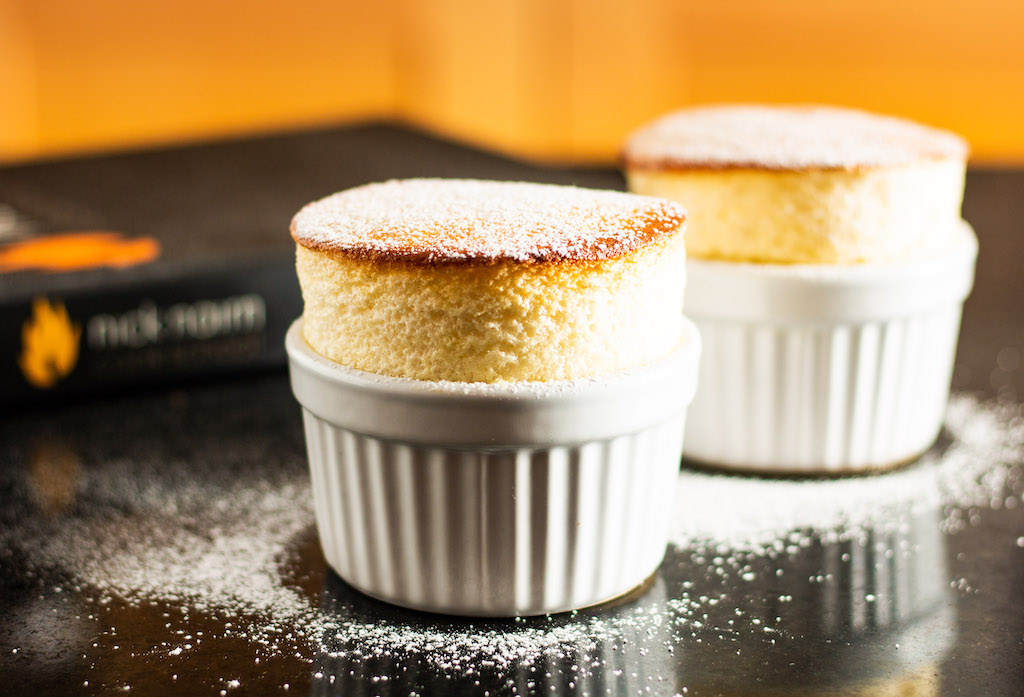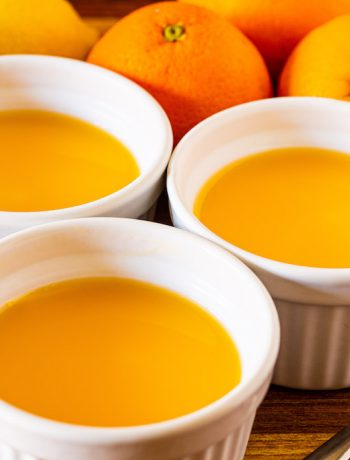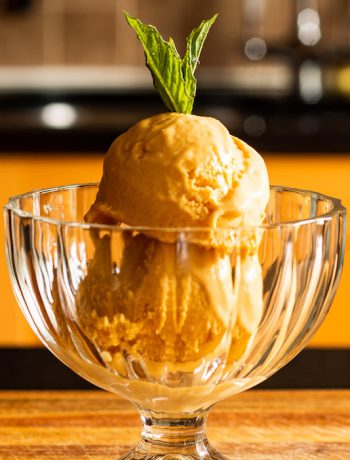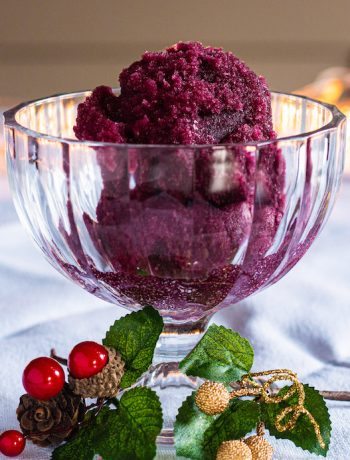Chef Nick Nairn has been on British televisions since 1996, he won the Scottish round of the Great British Menu in 2006 to cook the main course for The Queen’s 80th birthday celebrations, and he remains a regular fixture on BBC’s Saturday Kitchen. With new cooking shows regularly underway with Irish chef Paul Rankin, Nairn’s cheery smile and affable personality have made him a recognisable and familiar face on the British food scene.

Nick Nairn (1956–)
However, you only have to go back to the early Eighties, and nobody will have heard of Nick Nairn. Having travelled the world as a navigator in the Merchant Navy, Nairn returned to Scotland in 1983 with a desire to cook all the foods he had experienced on his trips around the world. By 1986, he had learned enough to open a restaurant. Five years later, the restaurant held a Michelin star, making Nairn (age 32) the youngest Scottish chef to ever gain such an accolade. In 1998, a second restaurant was opened, and then a cook school in 2000.
That was a hell of a rapid rise.
The restaurants are now closed, and Nick Nairn focusses his efforts chiefly on the cook school. A few years ago, my parents attended a course at the school, and were taught to cook steak by Nairn’s colleague Alan Mathieson. Once the course was over, Mum and Dad raided the on-site shop and bought me two of the most useful things I have ever been given for the kitchen. One was a table scraper (which is just ridiculously indispensable), and the other was a signed copy of the Nick Nairn Cook School cookbook.
This book approaches domestic cooking like no other. Half the book is given over to techniques, and the other half to classic recipes designed to stretch your repertoire. The key thing about the main recipes is that all of them feature clear instructions on how far to take your ‘mise en place.’ That is, how much of a recipe can be done in advance such that delivering the final thing involves minimal fuss. This book, along with the posher Institut Paul Bocuse Gastronomique, are the two places I go for the essential ‘how tos’ of cooking.
The best bit about having Nick Nairn as a teacher is that you can ask him a question on Twitter and get an actual answer. Nick Nairn was also the first professional chef ever to follow The Nosey Chef (@noseychef).
The recipe given here is from the Cook School cookbook. Banana soufflés are a great way to learn soufflé craft because the fruit naturally forms the right texture for a soufflé base when mashed. Plenty of lemon is needed or it gets lost in the cooking.
Banana and lemon soufflé Nick Nairn
Ingredients
- 1 knob of butter, softened
- Icing sugar in a shaker
- 2 ripe bananas
- 2 egg yolks
- 2 tbsp lemon juice
- 5 egg whites
- 3 tbsp caster sugar
Instructions
Heat an oven to 200˚C. Place a baking sheet inside.
Thoroughly coat the inside of four ramekins with the butter. Use a brush to brush the butter upward towards the rim of the ramekin to that the inside is sort of minutely fluted with butter brush strokes. Thoroughly dust the inside of the buttered ramekins with icing sugar and gently tip out the excess. Chill the prepared moulds in the fridge for at least 10 minutes. Bring them out again when you are about to make the soufflés.
Mash the bananas in a bowl with a fork. Combine with the egg yolk until smooth and creamy. Add lemon juice to taste.
Whisk the egg whites to soft peaks and then gradually add the sugar, whisking some more until the soft peaks are re-attained and are just beginning to stiffen. It is important to use the egg whites immediately – leaving them standing causes water to gather in the bottom of the bowl, and this will wreck your soufflés.
Take a spoon of the the whites and add them to the banana mixture. Mix in to lighten the banana.
Now comes the technical bit. Pour the lightened banana mixture into the bowl with the egg whites, and then fold the mixture together quite gently so that all the banana and whites are combined, but the mixture is still very light and airy. There are loads to clips on YouTube to show you how to do this.
Spoon the mixture into each of the ramekins, slightly over-fill and strike off flat with a palette knife. Very carefully run the very tip of a finger around the inside of each rim to prevent the soufflé rise snagging on the rim of the mould.
Put the filled moulds on the heated baking tray in the oven, close the door and immediately drop the temperature to 180˚C.
Cook the soufflés for 10 minutes until risen and golden. Do not open the oven door at any stage during the cooking. Also try not to 'bounce' the oven by thundering around the kitchen like a bull in a china shop.
Remove the soufflés from the oven, dust with icing sugar and serve absolutely immediately.






No Comments